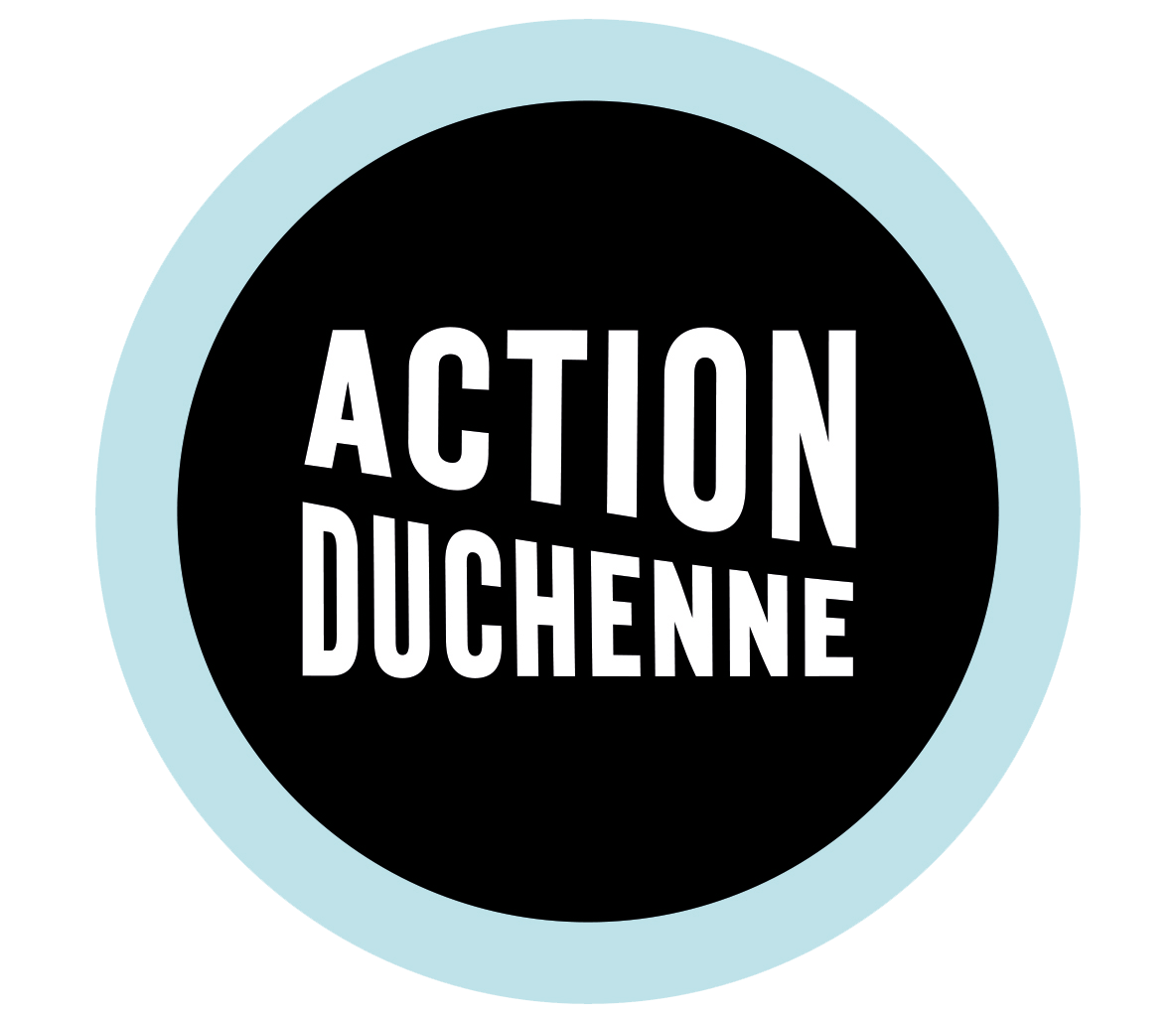We stand with the Duchenne community in expressing our disappointment regarding the National Institute for Health and Care Excellence’s (NICE) recent draft guidance on vamorolone. This guidance provisionally rejects the proposed corticosteroid alternative for treating Duchenne muscular dystrophy in patients aged four and above, within the scope of its marketing authorisation.
The NICE evaluation committee concluded that while vamorolone is an effective treatment for Duchenne muscular dystrophy, likely to reduce the side effects associated with corticosteroids, its relative effectiveness compared with other corticosteroids was deemed highly uncertain. This led the committee to conclude that there was not enough evidence to support vamorolone as a cost-effective treatment option.
More information about the decision is set out below:
NICE Committee recommendations explained
The NICE evaluation committee recommendations are based on the evidence from the VISION-DMD trial supporting this application. In particular the committees recommendations outline the following concerns:
Vamorolone’s relative effectiveness compared to other corticosteroids.
- While the evidence shows vamorolone improves muscle function outcomes over 24 weeks (based on multiple physical assessments) compared to placebo (non-treatment group), how it compares to alternative corticosteroids remains uncertain.
- This means the committee was unable to determine its effectiveness in comparison to the currently available alternatives.
The extent of Vamorolone’s side effect reduction compared to other corticosteroids.
- Patient experts explained the desire to choose vamorolone over alternatives was predominantly down to the reduction in side effects, rather than notable improvements in muscle function.
- The committee found that the evidence suggests that vamorolone does reduce side effects compared to placebo, and is likely to reduce the number of side effects compared to prednisone (corticosteroid alternative use in the VISION-DMD study), but the extent to which these side effects are reduced remains unclear.
- Effectively, the committee believes the study doesn’t directly compare vamorolone to alternatives.
Length of trial and small number of participants
- The similarity in muscle function assessments was, however, suggested to be due to the limited sample size of the data and length of the study, and it remains uncertain if vamorolone performs similarly to alternatives.
- The committee acknowledged that to address data size concerns would need a much larger sample size and would be challenging in a rare disease like DMD.
To summarise, NICE acknowledges the unmet need for new treatments for Duchenne muscular dystrophy (as outlined by the clinical expert), the evidence reviewed by NICE has areas that need addressing; including long term use impacts and data size, performance compared to traditional corticosteroids, and extent to which the drug reduces side effects. Issues were also raised over the modelling techniques used to assess the data, and the effect of vamorolone use in patients that have already received treatment for DMD.
What does this mean?
It is important to note that this is a preliminary recommendation, and It is not uncommon for NICE to not recommend a treatment in this initial phase, with further consultation and feedback having the potential to change this recommendation.
The decision, if maintained, will have implications to the availability of vamorolone via the NHS in England. The availability of the treatment in Scotland, N.Ireland and Wales is still undetermined for the time being.
Patients currently being treated with vamorolone will be able to continue receiving the treatment until their NHS clinician considers it to be appropriate to stop. This decision should be made jointly by the clinician, the child or young person, and their parents or carers.
What are our next steps?
The concerns outlined in this recommendation will need to be addressed before moving forward, however, these recommendations may change after consultation and the receipt of public and stakeholder comments on this guidance. Comments will be finalised on the 24th of April 2024, and the second evaluation committee will convene on the 7th of May 2024.
We are currently working tirelessly to reach out to the NICE, Santhera, and clinicians with expertise in this field to gain a better understanding of why the decision to not recommend vamorolone was made, and how this impacts the Duchenne community across the UK. This will provide us with a bigger picture of how families across the UK, and not just England, will be impacted. We plan to pursue consultations with these relevant parties so we can further assess the impacts across the board, and to understand the action plan moving forward prior to submitting comments on this draft guidance by the 24th of April.
Action Duchenne is committed to supporting and advocating for treatments that will improve the standards of care and quality of life for Duchenne patients. We are steadfast in our commitment to keeping our community up to date and informed of such treatment developments. Once we are able to collect more information surrounding this decision, we will update the Duchenne community.
Would you like to know more about Duchenne muscular dystrophy? Increase your knowledge and understanding of Duchenne with our bite-sized science video series.
Section 1 – Facts about Duchenne muscular dystrophy
Section 2 – Signs and Symptoms of Duchenne muscular dystrophy
Section 3 – Diagnosis of Duchenne muscular dystrophy
Section 4 – Crucial Genetic Terminology
Section 5 – Genetics – Blueprint of Duchenne muscular dystrophy
SAVE THE DATE
Our 2024 Annual International Conference will be held on Friday 8th and Saturday 9th November 2024. The conference brings together families, clinicians, researchers and experts for 2 days of sharing knowledge and experience. It is an amazing opportunity to come together as part of the Duchenne community




 FDA Approves Givinostat for the Treatment of Duchenne Muscular Dystrophy in the USA
FDA Approves Givinostat for the Treatment of Duchenne Muscular Dystrophy in the USA